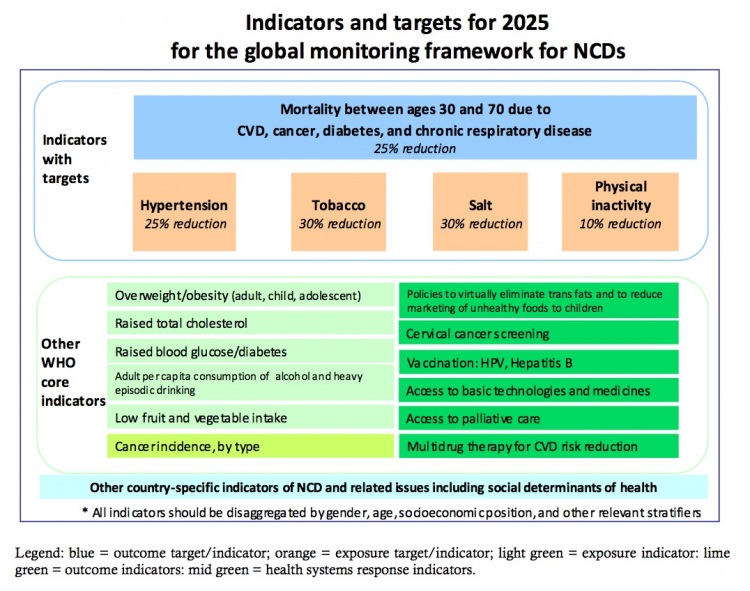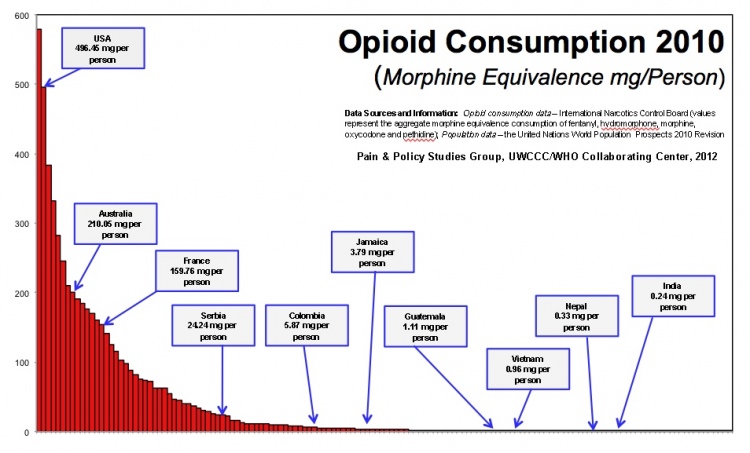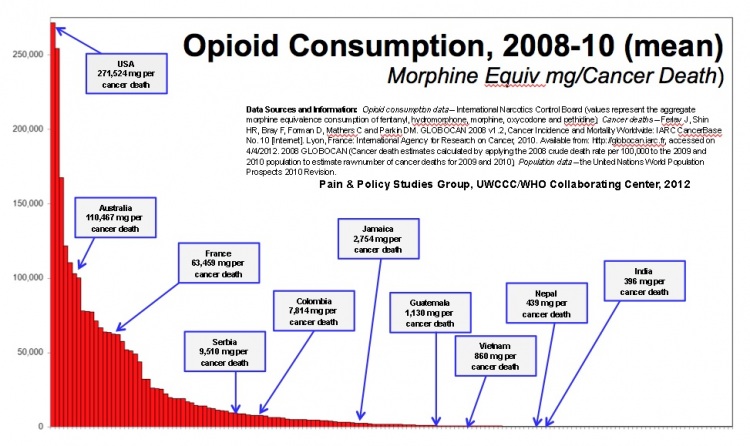During 2011, PPSG participated in many activities that saw the discussion on the role of palliative care in global health move from Associations and NGO’s, to governments, to the WHO and the UN. Particularly there was the call from Sir George Alleyne, asking “Who is carrying the placard for Morphine use at the End of LIfe?”
Well “palliative care” was included in the UN Declaration on Non Communicable Diseases. Yes 4 times! And since the September meeting, WHO and member states having been working on targets (goals to be achieved by 2025) and indicators (markers to be used along the way) to measure progress in the prevention and control of Non Communicable Diseases. The latest paper on targets and indicators was released on March 22 (with comments due to the WHO by April 19th.
“Access to Palliative Care” is a “national health systems response” indicator that will be measured by “morphine-equivalent consumption of strong opioid analgesics (excluding methadone) per cancer death.”
Firstly a word about the indicators that have been proposed. At this time of financial austerity (especially at the WHO), few new resources are being put forward to measure these indicators. So choosing readily available measures has been critical. That is one reason that opioid consumption has been proposed. This is measure that the International Narcotic Control Board collects at present from member states, and there seems to be a good deal of faith in the cancer mortality statistics.
Since 1996, in collaboration with the INCB, PPSG has been producing graphs of morphine consumption expressed as mg/person. In recent years, we have included morphine equivalence expressed as milligram of morphine (for morphine, hydromorphone, oxycodone, fentanyl, pethidine)/person. We have been been doing this both with and without methadone as it’s global use has been primarily for the treatment of opioid dependency syndrome.
To facilitate our thinking on this proposed metric, my colleague, Martha Maurer, has put together graphs of the 2010 opioid consumption data, that PPSG has just received from the INCB. She has provided both morphine equivalence per person and morphine equivalence per cancer death (Thanks, Martha). Given the absence of some data in 2010, we have averaged out the data over 2008-2010.
While there is some minor position changes, it would seem that the overall rankings of countries is upheld (we have included some of the PPSG IPPF countries together with USA, Australia, France and India).
Some are concerned that it keeps palliative care in the “cancer box” while others are just grateful there is a palliative indicator. While not inclusive of all things “palliative care,” it does seems to be a reasonable “surrogate” indicator to show improvements in palliative care upto 2025. And it is an indicator that is being supported by organizations such as the WPCA, EAPC and HRW as well as the Pain and Policy Studies Group.

If you would like copies of this slide with your country indicated, please email me at jfcleary@wisc.edu. This may be a very good tool to be sharing with your government officials and representatives at the WHO!



Appreciate your comments on the indicator and we will pass on thoughts expressed here.

